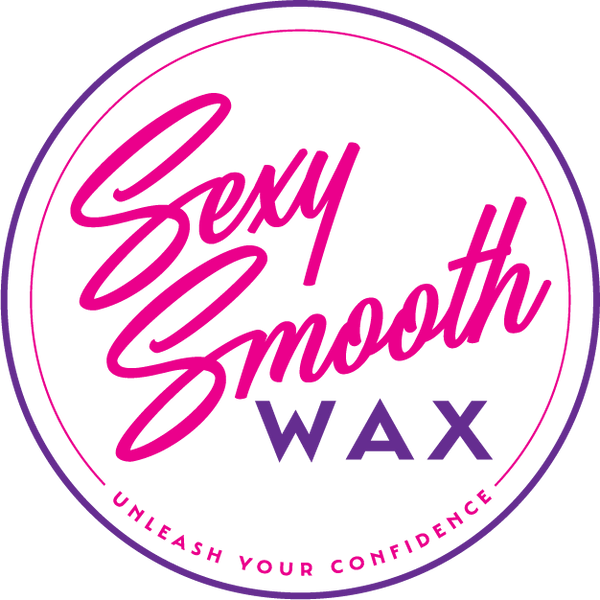If you’ve ever looked at leftover wax in your warmer and wondered, “Can I reuse hard wax?”—you’re not alone. This is a common question among home waxing enthusiasts and even some salon beginners. On the surface, reusing wax might seem like a great way to save money and reduce waste. But the truth is, reusing hard wax comes with serious downsides that can impact both your skin health and your waxing results.
In this blog, we’ll cover 7 essential reasons why reusing hard wax is not recommended, plus provide tips for smarter waxing, including how to portion your wax properly, how often you should get waxed, and which types of hard wax help reduce waste.
Why Hard Wax Is Popular for Hair Removal
Before diving into reuse concerns, let’s quickly highlight why hard wax is so widely loved:
-
Gentler on Skin: Hard wax sticks to hair, not skin, making it less irritating.
-
No Strips Needed: It hardens on its own for easy removal.
-
Ideal for Sensitive Areas: Great for underarms, bikini lines, and the face.
But with these benefits comes the big hygiene question: Can you reuse hard wax safely?
1. Hygiene Risks: Why Reusing Hard Wax Can Be Unsafe
Every time you apply wax to the skin, it picks up dead skin cells, body oils, and potential bacteria. Even if you’re waxing yourself at home, re-melting used wax doesn’t guarantee sterilization.
Common Contaminants Found in Used Wax:
-
Skin debris
-
Sweat and oils
-
Bacteria and germs
Most home wax warmers do not reach temperatures high enough to kill bacteria effectively. This means any wax that’s been applied and removed carries contamination risks.
2. Reheated Wax Loses Effectiveness
Reheating wax repeatedly can break down its structure, making it:
-
Less grippy on hair
-
Stringy or brittle
-
More likely to cause skin irritation
If your goal is smooth skin with fewer passes, fresh wax is always more effective.
3. Professional Standards: Salons Never Reuse Wax
If you’ve ever been to a licensed waxing studio, you’ll notice one thing: They never reuse wax.
Why Salons Follow Strict Single-Use Policies:
-
Health codes prohibit wax reuse
-
Risk of spreading skin infections between clients
-
Legal liability for unsafe waxing practices
If professionals avoid it for safety reasons, that’s a strong signal for home users to do the same.
4. The Temperature Myth: Can High Heat Kill Bacteria in Wax?
Some people believe they can just “reheat the wax hotter” to kill germs. Unfortunately, most wax warmers max out around 150°F (65°C to 70°C). That’s not hot enough to fully sterilize contaminated wax.
Quick Fact:
Sterilization typically requires 250°F (121°C) sustained for at least 15 minutes—something standard wax warmers cannot achieve.
5. Portion Control: The Better Alternative to Reuse
Instead of thinking about reuse, focus on melting only the amount of wax you need for each session.
Smart Ways to Reduce Wax Waste:
-
Use wax beads or pellets that are easy to portion
-
Weigh your wax before melting
-
Melt small batches and add more only if needed
If you’re using a hard wax kit, many come with measuring tools to help with this.
6. How Often Should You Get Waxed to Minimize Waste?
Wondering how often you should get waxed to help with planning and portion control? Most people wax every 4 to 6 weeks, depending on hair growth rate and the area being treated.
Typical Waxing Intervals by Body Area:
| Area | Recommended Time Between Waxes |
|---|---|
| Face | Every 2–4 weeks |
| Underarms | Every 3–4 weeks |
| Bikini/Brazilian | Every 4–6 weeks |
| Legs | Every 4–6 weeks |
Sticking to a regular schedule helps reduce the amount of wax needed at each appointment because your hair grows in more even cycles.
7. Types of Hard Wax That Help Prevent Leftovers
If you’re concerned about waste, the type of hard wax you choose matters.
Best Hard Wax Options for Less Waste:
-
Low-Temperature Waxes: Melt quickly and allow small-portion application.
-
Flexible Formulas: Stay smooth even when applied thinly, reducing excess use.
-
Beaded Hard Wax: Easy to scoop only what you need.
These wax types help ensure that you’re only melting and using small, manageable amounts, so there’s no temptation to reuse.
Final Thoughts: Should You Ever Reuse Hard Wax?
While it’s technically possible to re-melt used hard wax, it’s not safe, not hygienic, and not recommended. The risks far outweigh any minor cost savings.
Key Takeaways:
Hygiene comes first—bacteria thrive in used wax
Wax quality declines after multiple heat cycles
Professional salons never reuse wax—follow their lead
Better solution: Use smaller wax portions and a quality hard wax kit
For smooth, safe, and irritation-free results, always use fresh, single-use hard wax.
